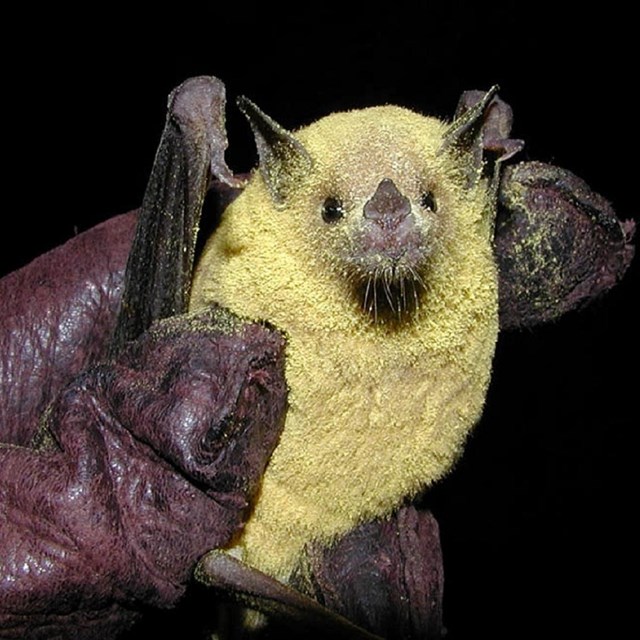Following the Nectar
Imagine if you were to embark on a trip across the continent, only to find that all restaurants, grocery stores, food services, and fuel stops were closed. The trip would rapidly become uncomfortable, then dangerous, and finally unsustainable. Such is the risk that migrating pollinators frequently encounter. Using nectar corridors, these travelers time their migrations to coincide with the flowering and fruiting of different plants en route. A nectar trail consists of irregular patches of flowering plants that guarantee stopovers and “refueling” sites to continue the journey.
Unfortunately, many of these flyway habitats are in danger. These areas are threatened by fragmentation, pesticides, invasive plant species, and climate change. This means that many pollinator-friendly “restaurants” and “fuel stops,” that they rely on are going out of business.
An Endangered Natural Phenomena
To ensure the survival of migratory pollinators, the landscapes they use must be preserved. These include their summer breeding areas, overwintering sites, and migratory corridors. Some pollinators, such as monarch butterflies and certain hummingbird and bat species, migrate thousands of miles, heading north in the spring and south in the fall, along trails of scattered habitats. This type of migration has been termed an “endangered natural phenomena.”
Amazing Migration Stories
-
 Continental NomadsMonarch Butterfly Migration
Continental NomadsMonarch Butterfly MigrationThe migration story of monarch butterflies is an epic adventure that spans generations and thousands of miles. Discover their journey.
-
 Night FlyersDesert Pollinator Bats
Night FlyersDesert Pollinator BatsSpending the winter in Mexico, desert bats migrate north to roost in the southwestern US. Learn more about these night flyers.
Last updated: June 9, 2025
